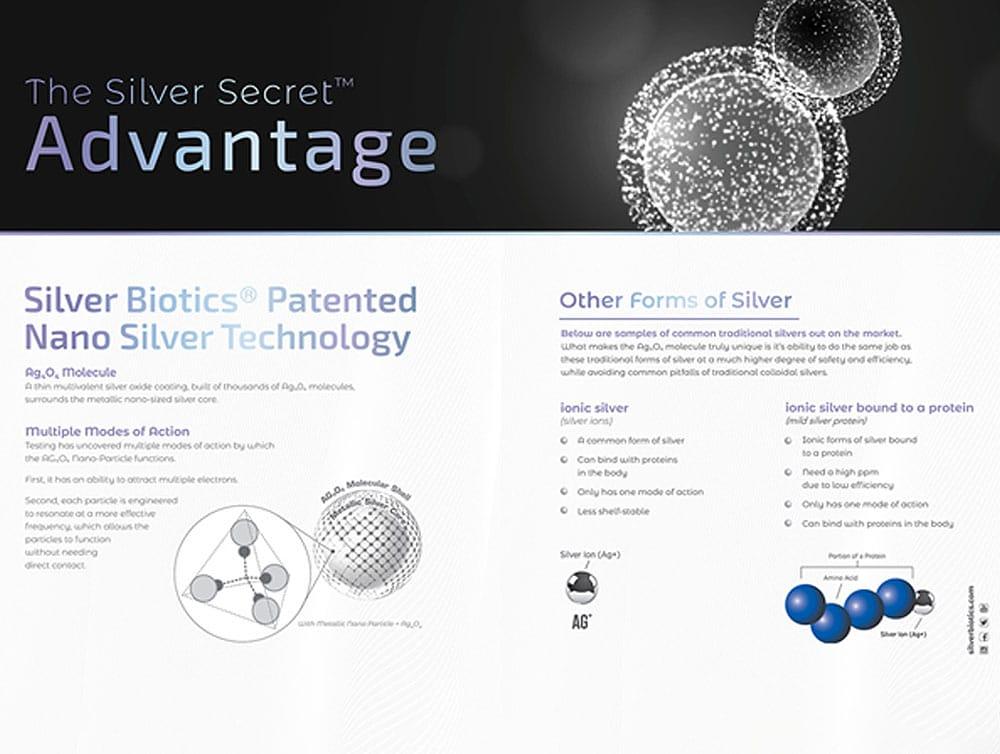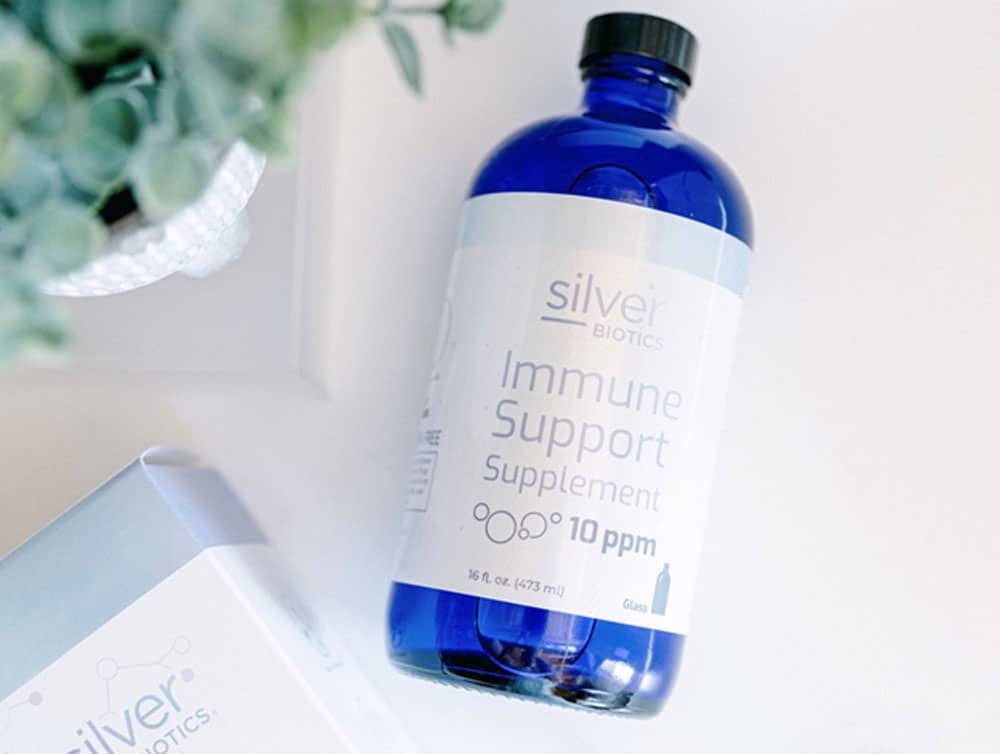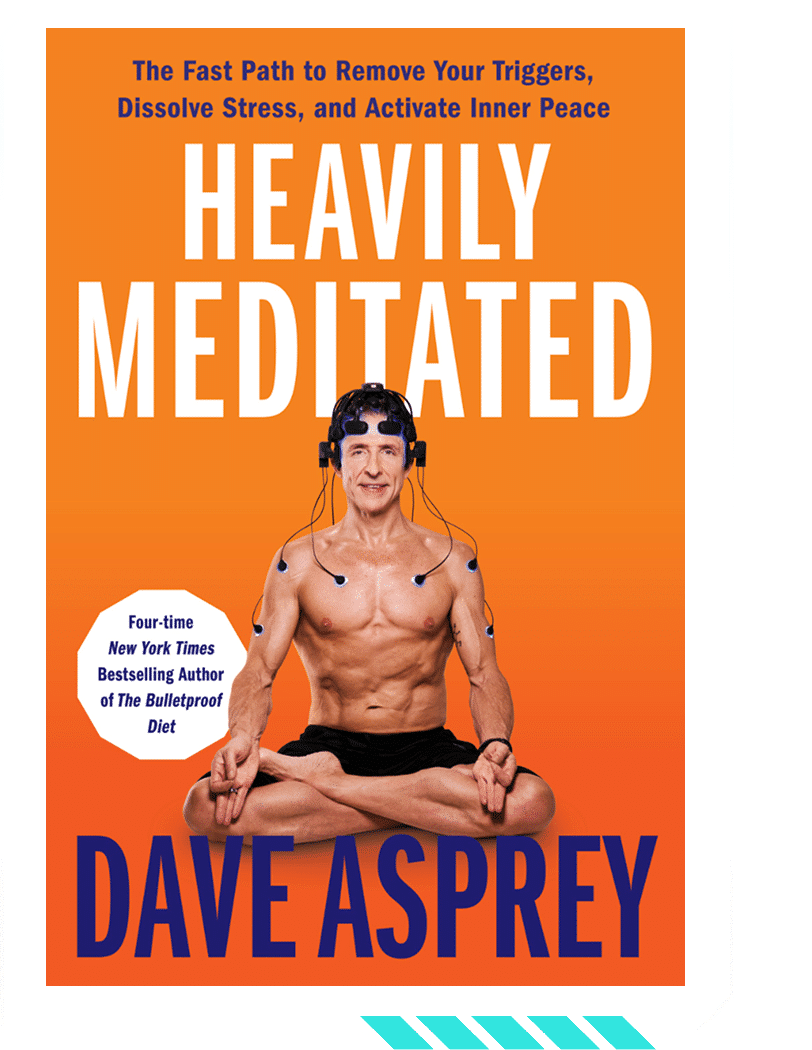
Should you put silver in your body?
This is a great question, and one that many people are starting to ask as the use of a supplement called colloidal silver is increasing in popularity. On the one hand, silver is, in essence, a heavy metal. If you know anything about the detriments of heavy metal toxicity, the answer to whether or not you should dabble with silver is likely a resounding “no.”
But if you’re anything like me, someone telling you not to do something is rarely a deterrent. In fact, there isn’t anything in the health and wellness industry that I take at face value; I always dig in and do my own research. This is precisely the reason I’m writing an article on colloidal silver…but not just any colloidal silver.
In this blog, I’m going to clear up some confusion and highlight exactly why colloidal silver is a supplement I like to keep on hand, and which version you can rely on for both safety and efficacy.
Colloidal Silver for Antibiotic Resistance
Silver’s use as a healing agent goes back thousands of years, with its first recorded use dating to 1500 BC. Ancient healers used silver to treat everything from infections to wounds long before we even understood the world of microbes.
Today, research discoveries show that silver can actually act as a potent antimicrobial, which is one of the reasons that its use is gaining so much attention lately.
In case you haven’t heard, we have a bit of a problem on our hands; antibiotic resistance.
Antibiotic resistance is a massive issue in the medical world, and for a very good reason – microbes are becoming resistant to the drugs designed to kill them. This means that infectious agents like bacteria and fungi are developing the ability to defeat the drugs we’ve poured millions of dollars into, which leaves us, humans, in a bit of a pickle.
How did this happen?
Many people believe it’s due to the sheer amount of antibiotic use we see today. With the first advent of antibiotics, administration happened sparingly for serious infections only. Today, however, we take antibiotics every time we get an itchy throat or a stuffy nose, and it’s coming back to bite us.
As these germs get stronger and more resilient, our human immune systems are becoming more and more vulnerable to attack. In fact, antimicrobial resistance was associated with nearly 5 million deaths in 2019, with more than 2.8 million antimicrobial-resistant infections occurring each year[1].
The solution?
Find alternative remedies with antimicrobial properties – like colloidal silver. True to its historical use, studies show that colloidal silver may serve as an effective treatment for bacterial infections, meaning it can replace antibiotics; sounds like a solid solution to me[2].
Other Benefits of Colloidal Silver
In addition to its antibacterial activity, colloidal silver also holds promise for its antifungal and antiviral activity, with research backing its ability to fight common fungal and viral infections[3][4].
Moreover, colloidal silver is still widely used for wound healing, creating an effective barrier against skin infection[5][6].
Further research shows the potential of colloidal silver for[7]:
- Antiplatelet activity
- Antioxidant activity
- Bone regeneration
- Enhancing immunity
- Assisting with stomach ailments
- Combating alcohol toxicity
Potential Downsides of Colloidal Silver
At this point, you may wonder why we aren’t all just mainlining colloidal silver every day.
Well, like most things in life, silver comes with its own set of potential downsides. This element is heavy metal, after all.
For example, one of the primary drawbacks of using silver as a healing agent is a strange and rather smurfy side effect known as argyria.
Argyria is a condition where your skin turns blue, often permanently. Since silver doesn’t typically leave your body easily, this element can accumulate in your tissues, giving your hair, skin, and even your eyes a bluish tint. Is it life-threatening? No. But it’s certainly not a look that most people are going for.
On the more serious side, however, are potential consequences that come with the buildup of heavy metals, like neurological issues and organ system toxicity[8][9][10][11].
So, where does this leave us? Do we bite the bullet and keep using antibiotics that may create long-term issues like infections we can’t control? Or do we put our bodies at risk for heavy metal poisoning?
How about we do neither…
How To Safely and Effectively Use Colloidal Silver
While some people will warn you that colloidal silver is a heavy metal, what most people don’t understand is the nuance that goes into creating a colloidal silver supplement. While some of the colloidal silver you see on the shelves may, in fact, cause an accumulation in your body –that’s not the case for all of them.
In fact, a company called American Biotech Labs created a unique colloidal silver technology called Ag?0? also known as SilverSol® that leaves your body within 36 to 72 hours, mitigating the risk of heavy metal accumulation. With this new technology, they’ve created a silver product that goes into your body, steals electrons from pathogens repeatedly (unlike ionic silver, which is a one and done), and finds its way out of your system once its job is done[12][13].
Yes, you read that right; Silver Biotics offers the best of both worlds with their patented Ag404 technology; antimicrobial activity without the risk of accumulation.
Takeaway
Whenever I read anything new in the health and wellness space, I like to take it with a big old grain of salt. I never regret doing my research and asking questions, and much more often than not, I find that what I once thought to be true is actually old news.
With rising concerns around antibiotic resistance, it’s a crucial time for us to let go of some of our long-held beliefs and open up to alternative options. Silver Biotics is a product that holds an incredible amount of promise not only for your health but for the health of the human population as we go head-to-head with antibiotic resistant microbes.
References
- https://www.cdc.gov/drugresistance/about.html
- Domínguez, Andrea Vila, et al. “Antibacterial activity of colloidal silver against gram-negative and gram-positive bacteria.” Antibiotics 9.1 (2020).
- Monteiro, D. R., et al. “Silver colloidal nanoparticles: antifungal effect against adhered cells and biofilms of Candida albicans and Candida glabrata.” Biofouling 27.7 (2011): 711-719.
- Ratan, Zubair Ahmed, et al. “Silver nanoparticles as potential antiviral agents.” Pharmaceutics 13.12 (2021): 2034.
- Castellano, Joseph J., et al. “Comparative evaluation of silver?containing antimicrobial dressings and drugs.” International wound journal 4.2 (2007): 114-122.
- https://www.nccih.nih.gov/health/colloidal-silver-what-you-need-to-know
- Naik, K., and M. Kowshik. “The silver lining: towards the responsible and limited usage of silver.” Journal of applied microbiology 123.5 (2017): 1068-1087.
- Tang, Jinglong, et al. “Silver nanoparticles crossing through and distribution in the blood-brain barrier in vitro.”Journal of nanoscience and nanotechnology 10.10 (2010): 6313-6317.
- Sun, Cheng, et al. “”Silver nanoparticles induced neurotoxicity through oxidative stress in rat cerebral astrocytes is distinct from the effects of silver ions.”” Neurotoxicology 52 (2016): 210-221.
- Nosrati, Hamed, et al. “”The potential renal toxicity of silver nanoparticles after repeated oral exposure and its underlying mechanisms.”” BMC nephrology 22.1 (2021): 228.
- Heydrnejad, M. Saeed, Roya Jafarzadeh Samani, and Simin Aghaeivanda. “”Toxic effects of silver nanoparticles on liver and some hematological parameters in male and female mice (Mus musculus).”” Biological trace element research 165 (2015): 153-158.
- Munger, Mark A., et al. “In vivo human time-exposure study of orally dosed commercial silver nanoparticles.” Nanomedicine: Nanotechnology, Biology and Medicine 10.1 (2014): 1-9.
- Roy, Rustom, et al. “Ultradilute Ag-aquasols with extraordinary bactericidal properties: role of the system Ag–O–H2O.” Materials Research Innovations 11.1 (2007): 3-18.











